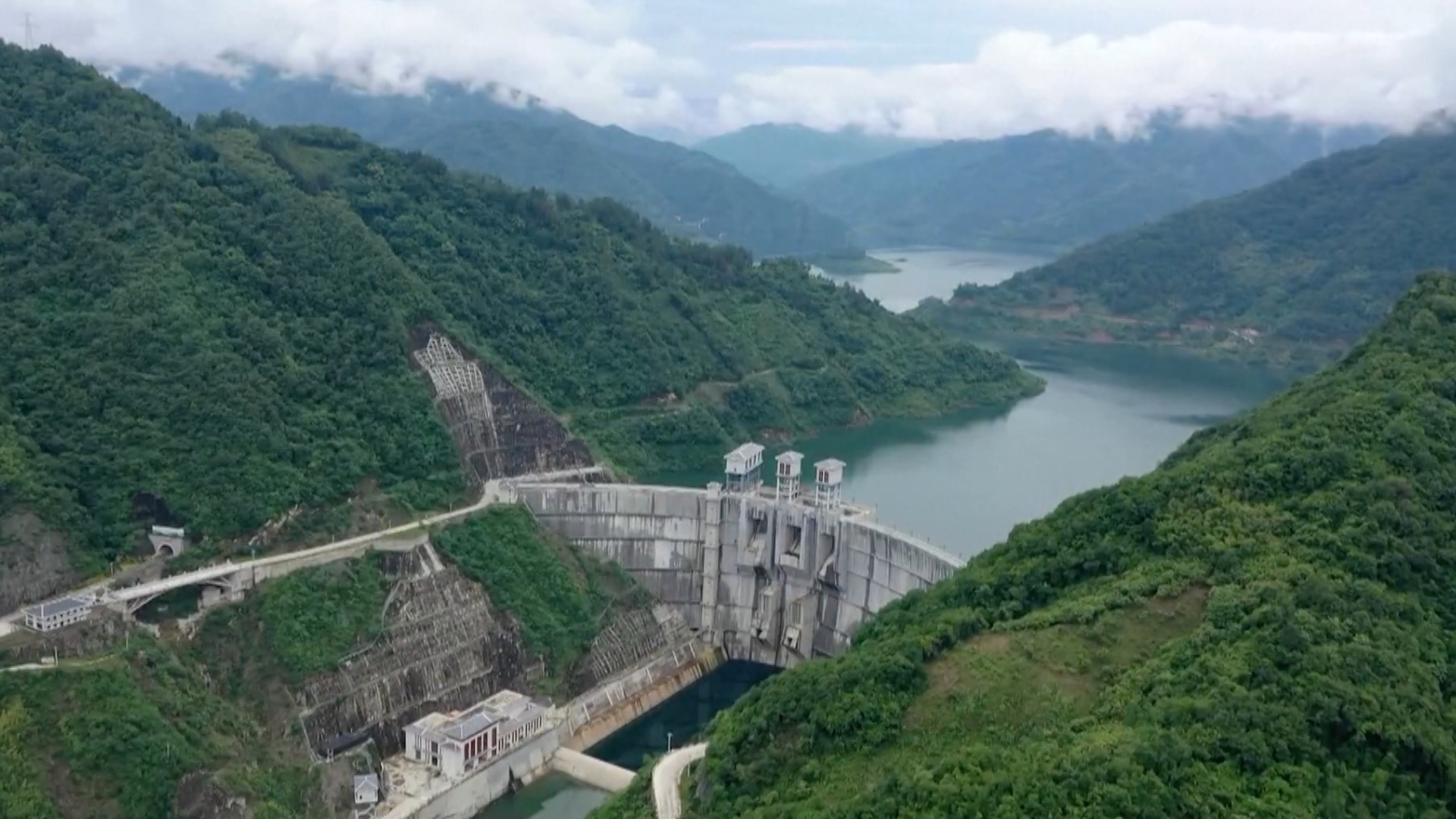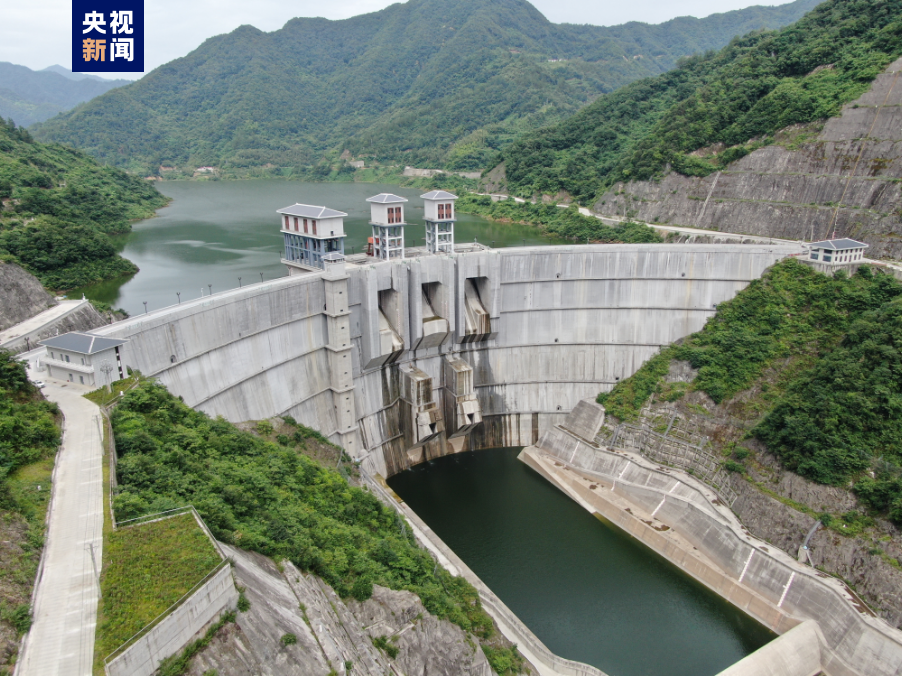01:41

For the first time, water started flowing into Xi'an, the capital city of northwest China's Shaanxi Province on Sunday through a decade-long major water diversion project as China dug through a mountain range to supply water from a tributary of the country's longest river, the Yangtze, to quench the droughty north.
Being home to 10 million residents, Xi'an is also an important Chinese cultural hub and tourist destination famed for its terracotta warrior army.
The water diversion project is one of the most challenging engineering projects in China, as it requires constructing 98.3-kilometer tunnels underneath the Qinling Mountains, a natural boundary between China's north and south.
Tunnels beneath the Qinling Mountains started sending water from the Hanjiang River, the largest tributary of the Yangtze, to the Weihe River, a tributary of the Yellow River, said the water resources department of Shaanxi Province.
The Hanjiang-to-Weihe River water diversion project is the largest water conservancy project in Shaanxi, with an investment of 51.6 billion yuan (about $7.2 billion). The construction started in 2011, bringing water from Hanjiang in water-rich southern Shaanxi northward to Weihe, which traverses the more thirsty central parts of the province.
So far, the project has completed the first phase and entered the second phase. Upon completion, its second and third phases will transport water from the Hanjiang River all the way to Xi'an, Xianyang, Weinan and Yangling in central Shaanxi for both residential and industrial use.
The entire project will ultimately cover an area of 14,000 square meters and benefit 14.11 million people, allowing optimal allocation of water resources in Shaanxi and playing an important role in the economic and social development of the province.

A view of the Hanjiang-to-Weihe River water diversion project in Xi'an, the capital of northwest China's Shaanxi Province. /CMG
A view of the Hanjiang-to-Weihe River water diversion project in Xi'an, the capital of northwest China's Shaanxi Province. /CMG
A challenging, high-tech task
To undertake the difficult task, Chinese engineers and construction workers labored up to two kilometers underground, enduring high temperatures and humidity and braving various challenging geological conditions like abrasive hard rock, numerous rock falls and multiple severe water inflow events.
Chen Zuyu, an academic at the Chinese Academy of Sciences, told China Media Group (CMG) that the completion of the tunnel was nothing short of a triumph of technology and perseverance and that the project is massive, long term and unimaginably difficult.
"With drilling and blasting techniques, we used our machines to break through the tunnel that stretches more than 90 kilometers. It was really arduous. We encountered almost all geological hazards one can think of when tunneling underground, such as hard rock, super-high temperatures, poisonous gases, rock bursts, and water inflows – you name it," said Chen.